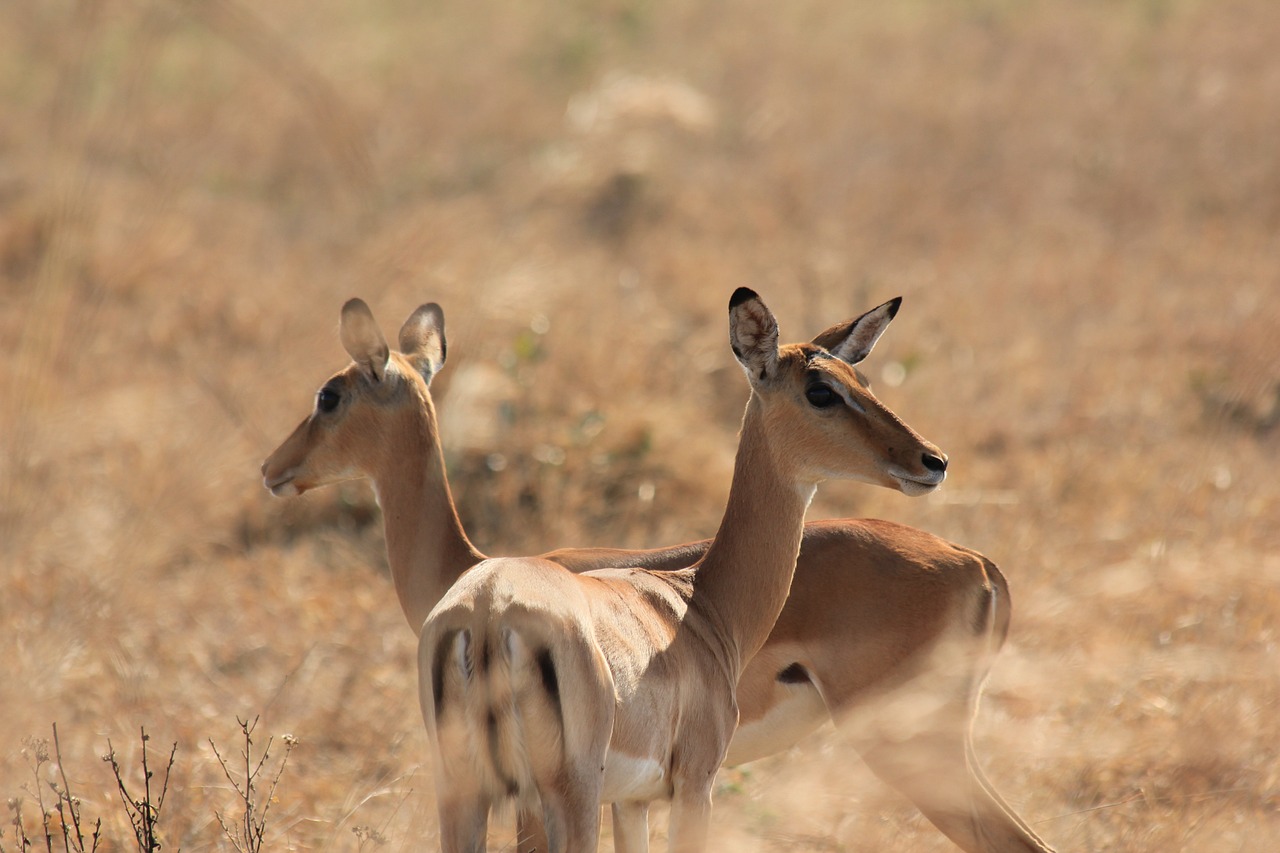Mikumi National Park
Overview
The Park has been divided into two eco-zones by the road that has crossed across the park. The river basin of Mkata has the alluvial soil which support to the vegetation of the Savannahdotted with acacia, baobab, tamarind and some rare palm trees, the borassus palm, the latter lending its local name ‘Mikumi’ to the park.south, divided by the road from Dar es Salaam to Iringa. This makes the park extremely accessible for visitors. But don’t be afraid that the road will ruin your safari experience. The only roar you will hear is not of cars, but of the king of the jungle.
The light at dusk and dawn makes a visit to the plains truly mesmerizing. The concentration of wildlife is remarkably high; no less than 15,000 large mammals roam the area. Mikumi is connected to the Selous in the south. With animals flocking through the corridor, it provides a vital artery to the park’s wildlife. Wildebeest, eland, zebra, buffalo, warthog, yellow baboon, vervet monkey, spotted hyena, lion and impala are a frequent sighting. Just as large herds of elephants.
Apart from this the park includes some of the other animals such as masai giraffe and the reticulated or Somali giraffe, elephants, zebras, impala, eland, kudu, black antelope, baboons, wildebeests and buffaloes. The two of the hippo infested pools in the north side of the park and 400 species of birds are some of the best features that attract the global attraction.


